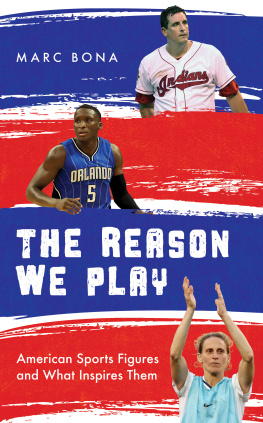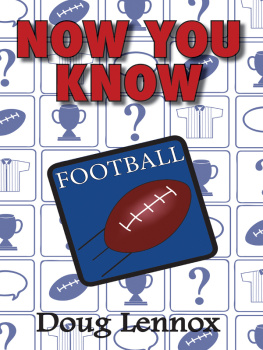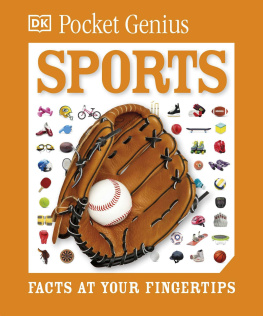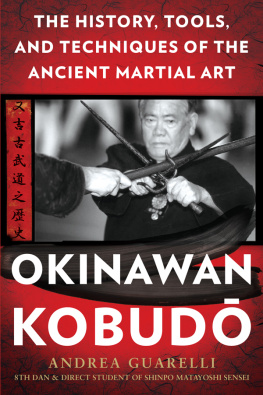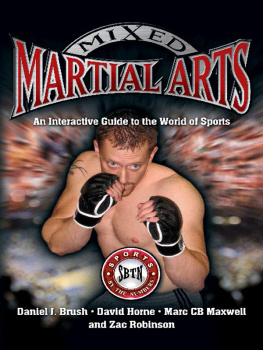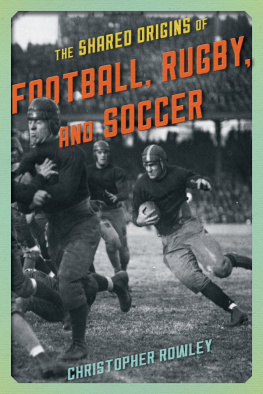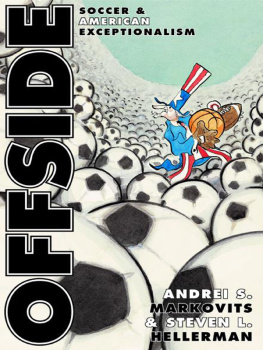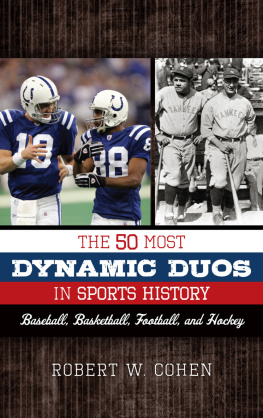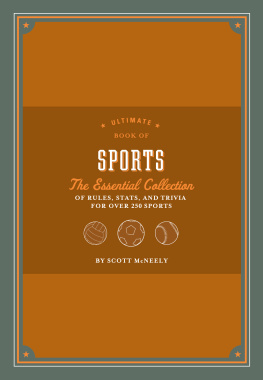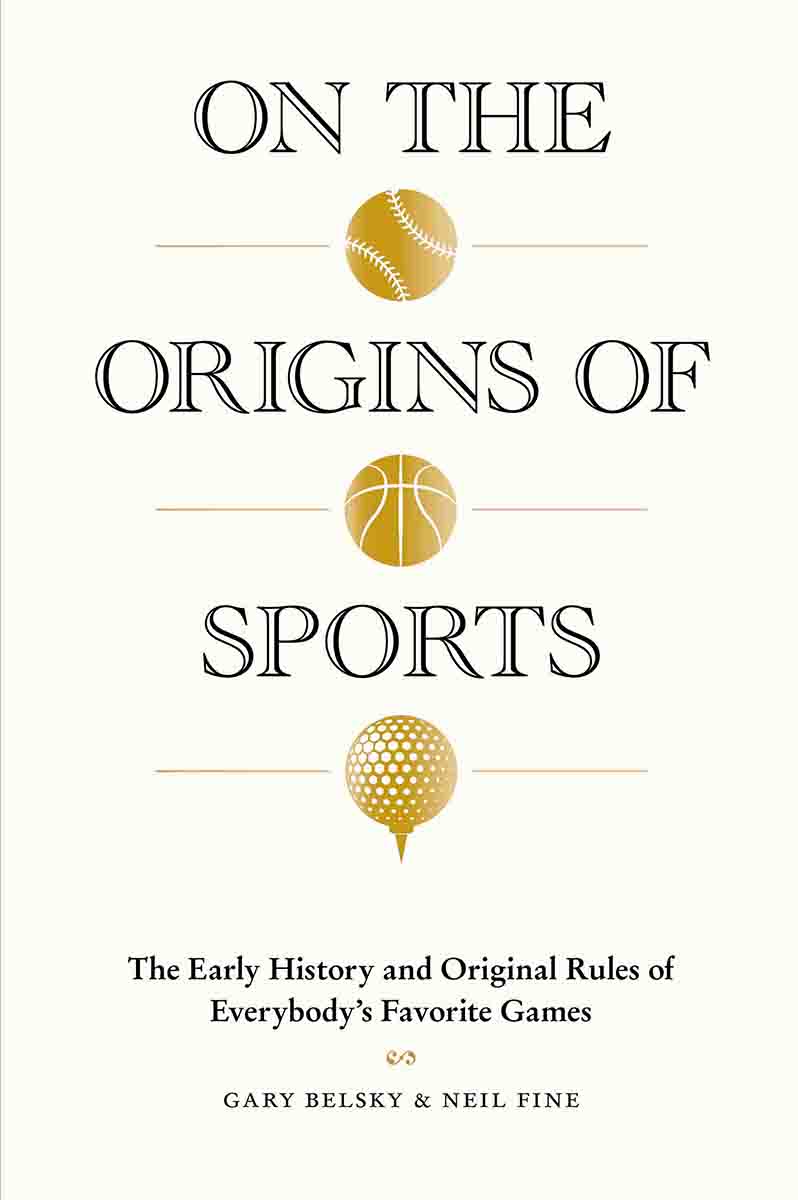
On The Origins of Sports
The Early History and Original Rules of Everybodys Favorite Games
gary belsky & neil fine

NEW YORK
For my great-nephews and -niecesNoa, Yani, Zay, Ayla, Elijah, Liam, and Rileya book about whom would be called On the Origins of Joy.
g. b.
For Sharlene, because she keeps my game from tumbling into chaos.
n. f.
Contents
introduction
Because Everything has to start Somewhere
IN THE BEGINNING WAS THE BALL... OR PIGS BLADDER... or lump of peat... or pie tin. But then what?
The sports world roils with thousands of questions: Who is the greatest quarterback of all time? Why does a curveball curve? Why isnt the United States very good at cricket? But the one question seldom asked is the most basic of all: How did we get here?
And, frankly, thats more than a little bewildering when one considers the importance of sport in modern society. Wars have been started over it, cities set aflame because of it. Treasuries have been emptied, marriages ended, murders committed. Today few of us are shockedor even upsetwhen governments vie maniacally (not to mention underhandedly) for the rights to host money-losing mega-events like the Olympics or the World Cup.
This passion, of course, is completely understandable: it is established fact that self-worth is directly related to ones favorite teams winning percentage. (Or maybe thats just us.) More to the point, the outsize attention humans in all cultures devote to sports makes sense on a primal level. We are tribal by naturegenetically programmed to define us by themand few things make that task easier than team jerseys. Sports have long been a source of identity and pride among our species, the gauntlet through which so many of us bond with others, test our abilities, and prove our loyalty. But who can truly claim to be a fan of a game if they dont understand its provenance?
To paraphrase Santayana: those who ignore history are doomed to repeat that silly story about Abner Doubleday inventing baseball.
Helping true fans avoid such faux pas is the purpose of this book, in which we get to the bottom of it all. For the first time, the kick-starting rules of the worlds most popular sports are identified and collected in a single volume, along with the story of how those dictates came to be, and how the playing of these games has changed over decades or centuries. What caused the split between soccer and rugby (then rugby and football)? How did we get from a shepherds cure for boredom to golfs British Open? Who thought to include dribbling in basketball? Knowing the history and lore of our favorite sports can only enhance our experience of watching or competing in them. Maybe, too, understanding the journeys from ancient amusements to modern spectacles will even help us to connect with the fan in the jersey next to us. Unless hes wearing a different one than we are. Then screw that guy.
Authors Note
We took great care assembling the rules and histories in this book, doing our best to cover the worlds most popular spectator and participatory sports. That said, a sport is included only if we were able to identify a set of rules that people with more of a vested interest than ushistorians, sport founders, and other expertsrecognize as the operating system for the primary version played today. (Wrestling is our exception that proves the rule; the rules we chose have a unique genesis.) Some well-attended sports like thoroughbred racing and Formula One were left out because, try as we might, we couldnt pin down the set of rules that launched them.
We annotated the rules for clarity, and also to log the most important changes and interesting developments that have transpired since their inception. Nonetheless, observant readers will notice that most of the original rules dont even bother to explain the purpose of the game. Back in the day, rule makers were usually writing for people who already knew how to play. Their purpose was to standardize procedures and conduct to avoid fights that often arose when athletes from different schools or towns got together to kick around or swat at a ball (or one another, for that matter).
For nearly every sport, we transcribed the rules in their entirety. Thank the British for the fact that the original rules of most modern sports are laid out in English (and see to learn why). Of course, many of the source documents date from 100 to 250 years ago, so the language may seem odd to a modern reader. Still, we generally left words and punctuation as we found them, although we fixed typesetting and spelling errors. We made a similar judgment call when identifying which version of a sportthe NBAs for basketball, say, or rugby union over rugby leagueshould guide our commentary.
Finally, in condensing centuries of history into short, informative, and (we hope) entertaining tales, we undoubtedly omitted notable individuals, important events, and crucial dates. For these and any other transgressions, we beg forgiveness. Rules are made to be broken, but we did try to toe the line.
Baseball
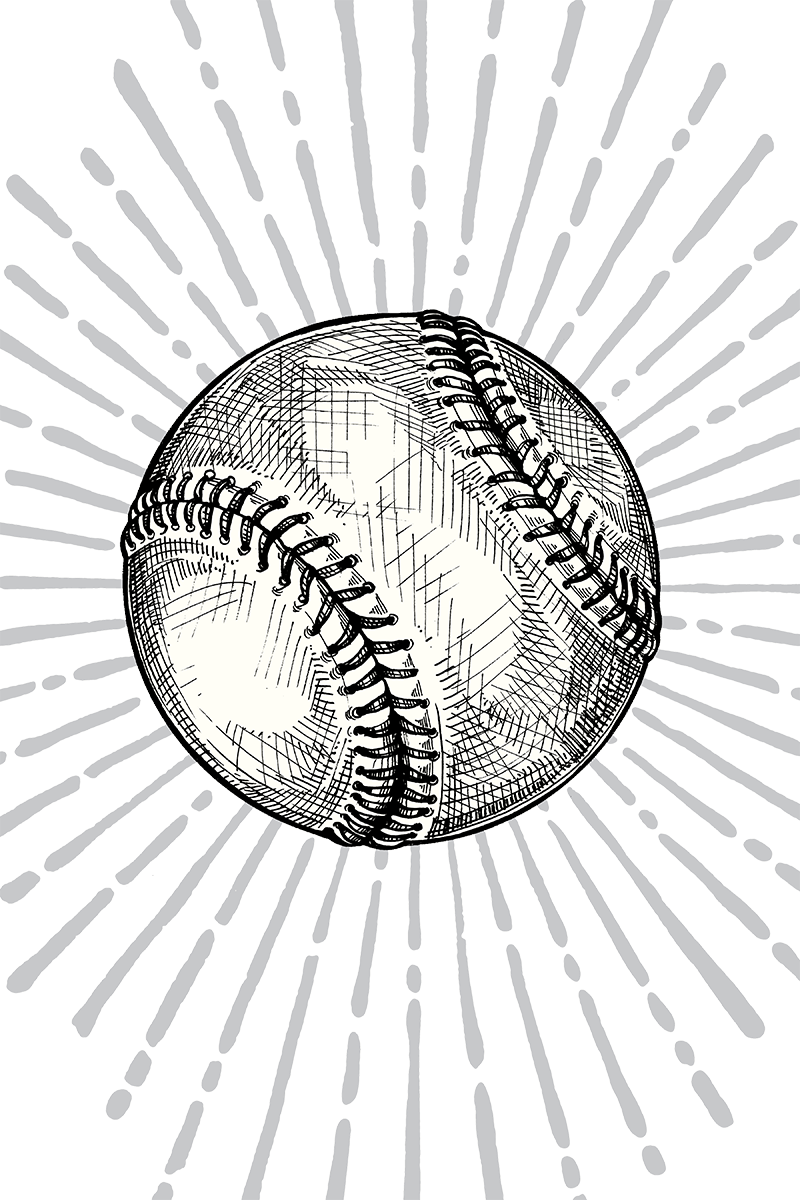
BOYS AND GIRLSNOT TO MENTION MEN AND WOMENhave been hitting balls with sticks for millennia, either for fun or as part of a religious ritual. Images on ancient temple walls show the Egyptians playing a stick-and-ball game called seker-hemat as early as 2400 BC. Its worth remembering this as we consider the long-fought intellectual battles over the beginnings of baseball, which on New World shores is deemed to be a uniquely American creation.
In reality, one of the earliest known references to base-ball appears in a 1744 English publication, A Little Pretty Pocket-Book. Yes, thirty-two years before the signing of the Declaration of Independence, a British poem titled Base-Ball featured the lines: The Ball once struck off / Away flies the Boy / To the next destind post / And then Home with Joy. An accompanying engraving shows three youths engaged in what appears to be stoolball, a similar game from southern England that dates to at least the eleventh century and is thought to have been created by milkmaids who used overturned stools as wickets, the precursors to bases. The British developed lots of stick-and-ball games over the centuries, including cricket and rounders.
So why do so many people continue to believe that a Union general named Abner Doubleday invented baseball? Its a convoluted story, one to which Doubleday himself never made claim. The West Point graduate and Civil War hero was declared baseballs prime mover by the Mills Commission, a group of experts convened by the sporting goods magnate Albert Spalding in 1905 to establish the games American provenance. Even at the time, the notion of Doubleday as the sports creator was absurd. A pair of letterswritten by another Abner, surnamed Gravessupported the Doubleday creation myth, which went like this: One day around 1840 Doubleday sketched a diamond in the dirt of a Cooperstown, New York, street, marked player positions, coined the term baseball, and established all the rules. Never mind that Graves was six years old in 1840, spent time in an insane asylum, and never produced conclusive evidence to support his claim. Americans love a patriotic legend. Thus Cooperstown was ensconced as baseballs birthplace, home to Doubleday Field and the National Baseball Hall of Fame (into which, tellingly, the man himself has not been inducted).
Next page

